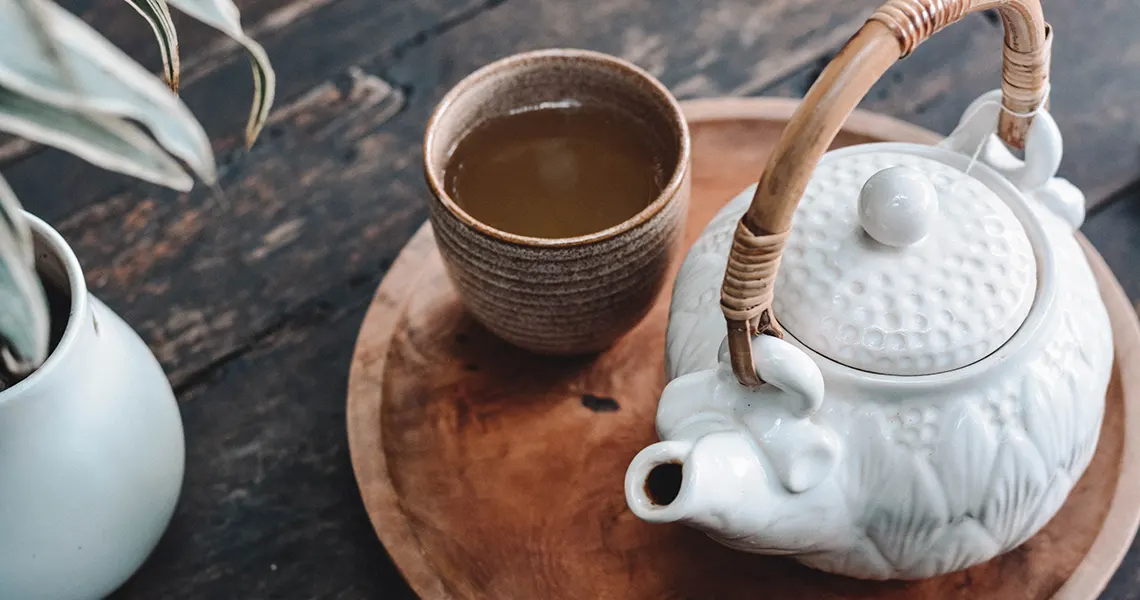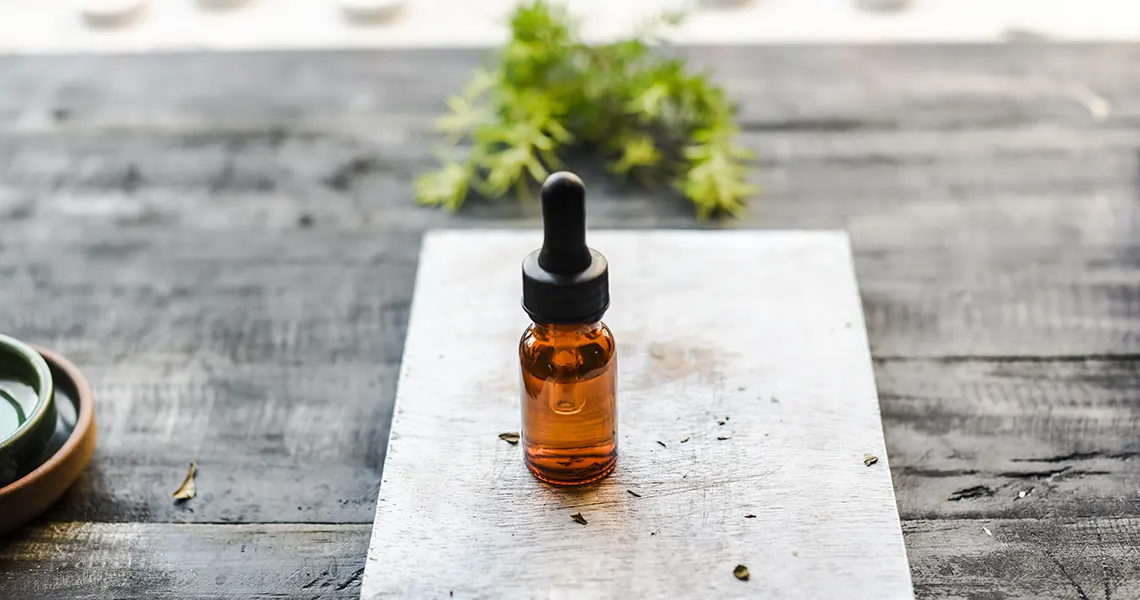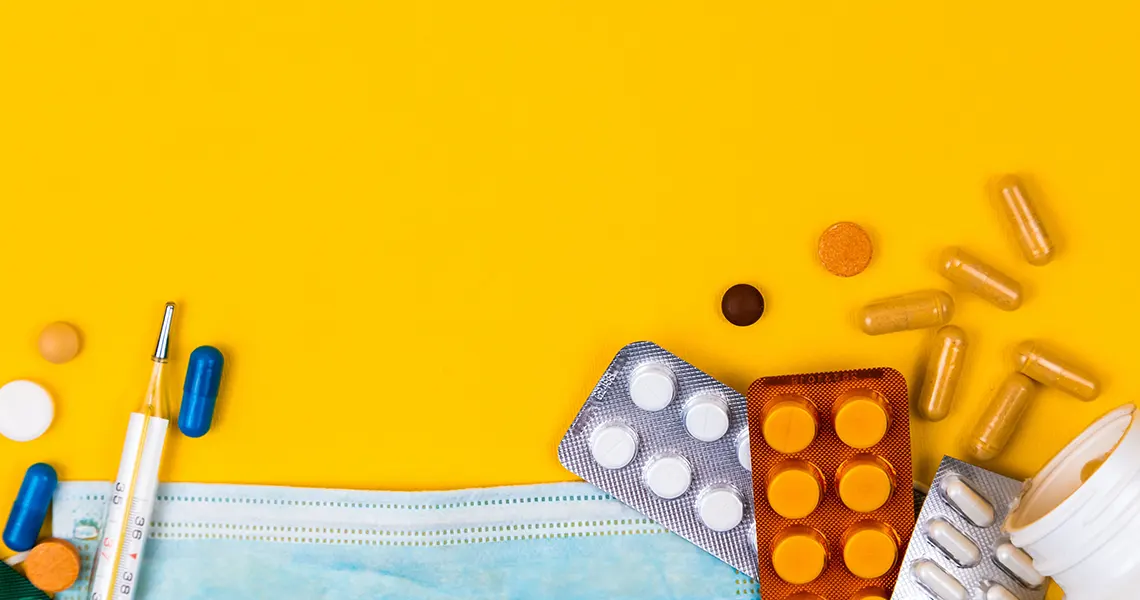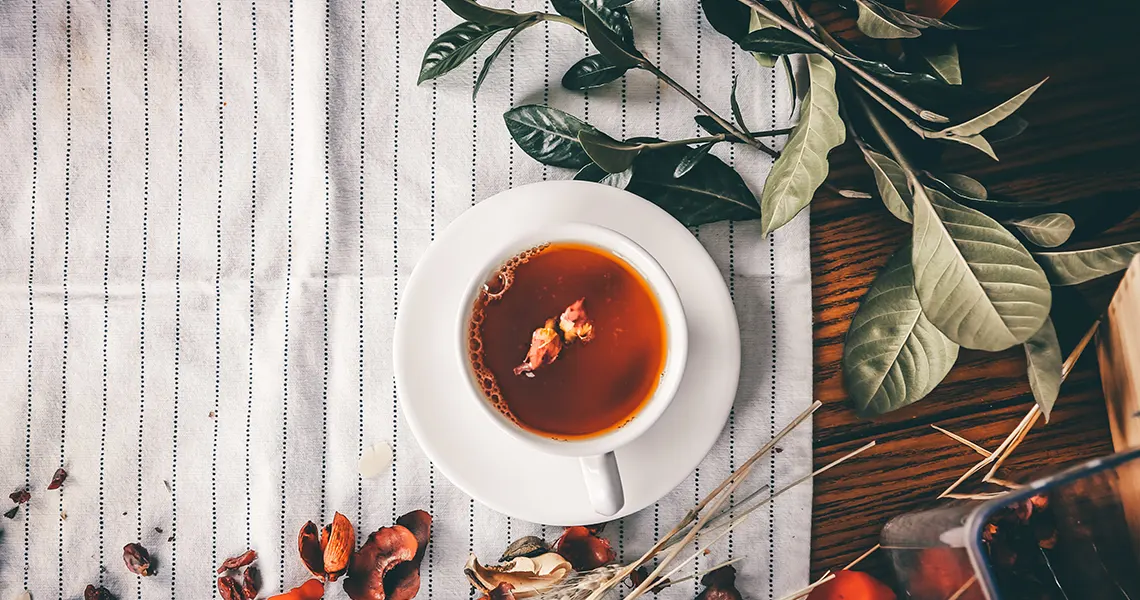
Can I Put CBD Oil in Tea?
Cannabidiol (or CBD) is one of the most well-known and widely used alternative treatments out there. However, it’s one we don’t know all that much about. Scientific research is speeding up but has bred a lot of opposing results. Some swear by it, while others are a little more sceptical.
Regardless, CBD is being taken by humans and animals alike. They use droppers, vapes, edibles and even mix it into our tea. Most of these methods are more or less equally effective.
Many favour the tea method because of the drink’s inherently calming properties.
If you’re considering talking to your doctor about CBD, there are a few points you’ll want to cover:
- what cannabidiol is and the effects it can have
- how to select the right dosage
- the relationship between CBD and THC.
Note that cannabidiol won’t be for everyone. For starters, most of its supposed therapeutic benefits are thought to target the symptoms of conditions rather than the conditions themselves. You’ll also want to know that some people are particularly sensitive to THC, which many CBD products contain.
Either substance can also induce uncomfortable side effects. That’s why it’s so important to discuss your unique medical needs with a doctor before taking cannabidiol.
What is CBD oil tea?

Simply put, this is tea infused with cannabidiol. There are CBD tea bags available, but oils can also be mixed into any other tea. So what exactly is CBD then?
The hemp plant contains over 100 compounds. One of these is cannabidiol. Another is THC.
Cannabidiol is extracted from a resin produced by the stem, leaves and stalks. THC is taken from the flowers. Both have been used for various medical purposes and seem to work similarly, but can induce very different effects on the consumer.
For starters, THC is a psychoactive substance. It can produce an intoxicating feeling, various negative side effects and can even be toxic to some. The latter is considered a rarity but still a real risk.
On the other hand, CBD:
- is considered safe for consumption
- is not a psychoactive substance
- can still induce a number of side effects
- comes with various degrees of THC.
Cannabidiol products are classified as:
- full-spectrum CBD
- broad-spectrum CBD
- isolate CBD.
Only the former two contain any amount of THC. Isolates are a pure cannabidiol extract.
Most research indicates that both substances are relatively safe, though there’s always a risk that you or someone you know may be particularly sensitive to either one.
CBD tea effects

Let’s start by saying that we don’t really understand the effects of CBD tea or THC.
There’s an abundance of research investigating their potential benefits in different areas. At the same time, a lot of the information contradicts.
For instance, some experts say that:
- CBD and THC can enhance each other’s benefits
- THC can dull the therapeutic effects of CBD
- CBD can reduce the efficacy of other medications.
Each of these claims has evidence to prove it, which makes the subject rather difficult to talk about.
Most of our knowledge about cannabidiol focuses on the endocannabinoid system.
This system:
- delivers chemical messages to receptors across the body
- triggers bodily responses in the cells
- regulates digestion, immune response, memory and learning, temperature and more.
Cannabidiol engages this system to induce its various potential benefits. Unfortunately, we don’t understand much more than that.
Remember that, regardless of benefits, CBD and THC still have their side effects. This can include vomiting and diarrhoea, fatigue, weight loss or gain, anxiety and dry mouth. These effects will vary between individuals and may not occur at all.
It’s worth noting here that cannabidiol is not considered to be toxic, even at extremely high doses.
Where to get CBD oil for tea

Whether you’re looking for CBD oil or tea bags, there’s only one legal way to get cannabidiol in Australia. This might come as a surprise considering the number of products you’ll find online.
The critical factor here is that production is subject to a lot of strict controls. For instance, THC content is limited to 0.3%. Because there are different levels of sensitivity to these substances, it’s important to know what you’re consuming and where it’s coming from.
Unregulated products essentially take away that security.
They also pose a risk of contamination, making the potential adverse effects impossible to predict.
That’s why cannabidiol’s only available via prescription. The TGA currently recognises most products as Schedule 4 drugs. Though a change has been announced to Schedule 3 for low-dose isolates, there aren’t any products available that meet the stipulations.
Nevertheless, no one should be taking cannabidiol without talking to a doctor first. Chances are there are several more well-proven methods to treat most conditions than CBD.
How much CBD should I take in my tea?

Dosing cannabidiol correctly is a careful process of trial and error.
It’s, once again, something you need to discuss with your doctor before committing to the treatment. Everyone’s appropriate cannabidiol dosage is different.
The right amount is going to depend on your physical makeup, including height, age, weight and body fat percentage. You’ll also need to consider the specifics of the condition you want to treat, other medications you’re on and your overall medical history.
Most experts will recommend small doses of 5 – 15 mg. At least for starters. From there, you can work your way up depending on your experience with the treatment.
So, can you put CBD oil in tea?
Cannabidiol can be safely mixed into tea, but your sensitivity to the potential negative side effects may vary. That goes doubly so for THC, which is found in most CBD products.
The research on the medical benefits of CBD is definitely a mixed bag.
Your mileage will vary depending on your condition, medical history and body. That’s why it’s critical to discuss CBD, THC and your condition with a medical professional. Even once certain products become available over the counter.
If you do get a prescription, be sure to take it slow and note as much as possible about how it makes you feel. Increase your dosage incrementally as needed, but not without your doctor’s say-so.
